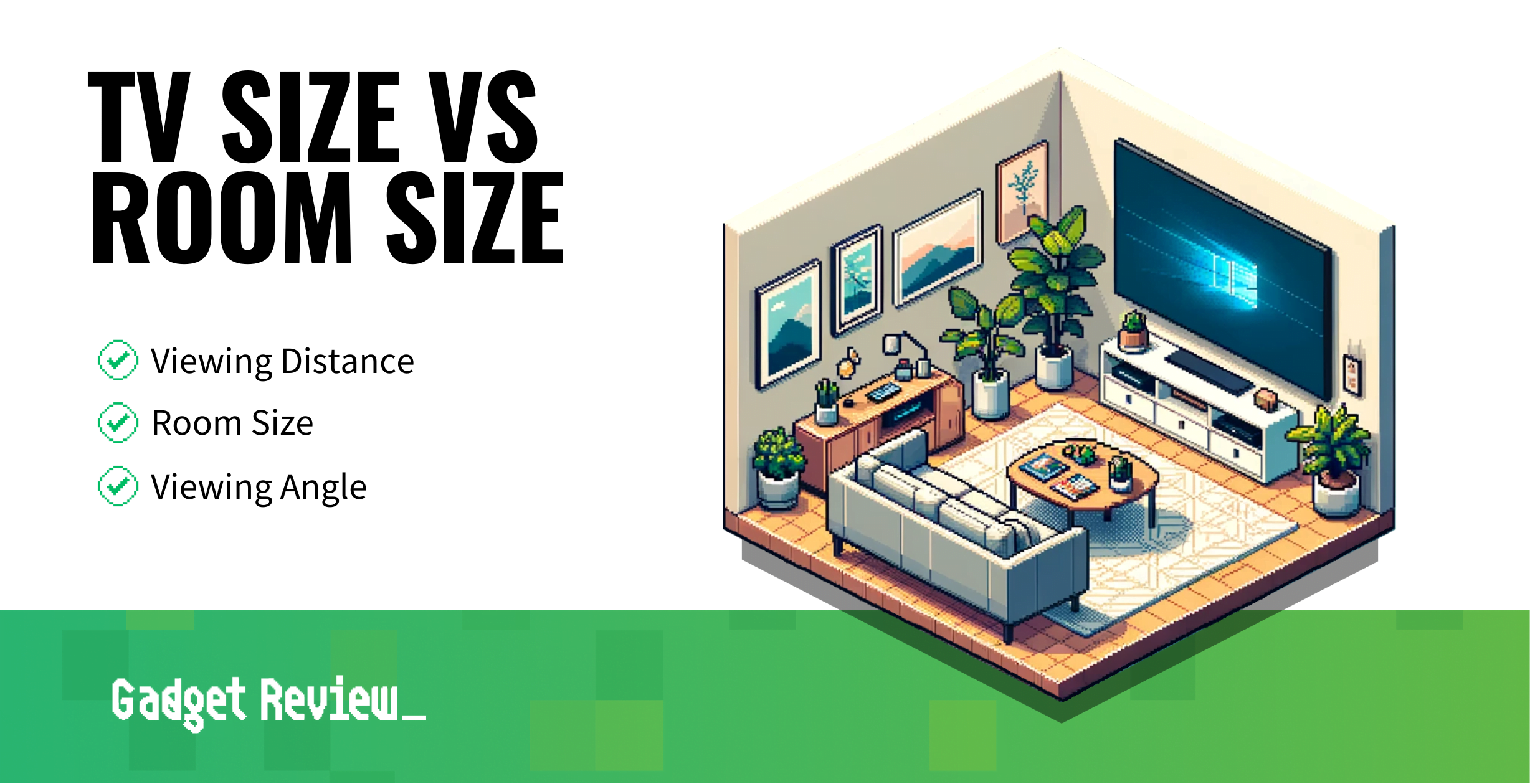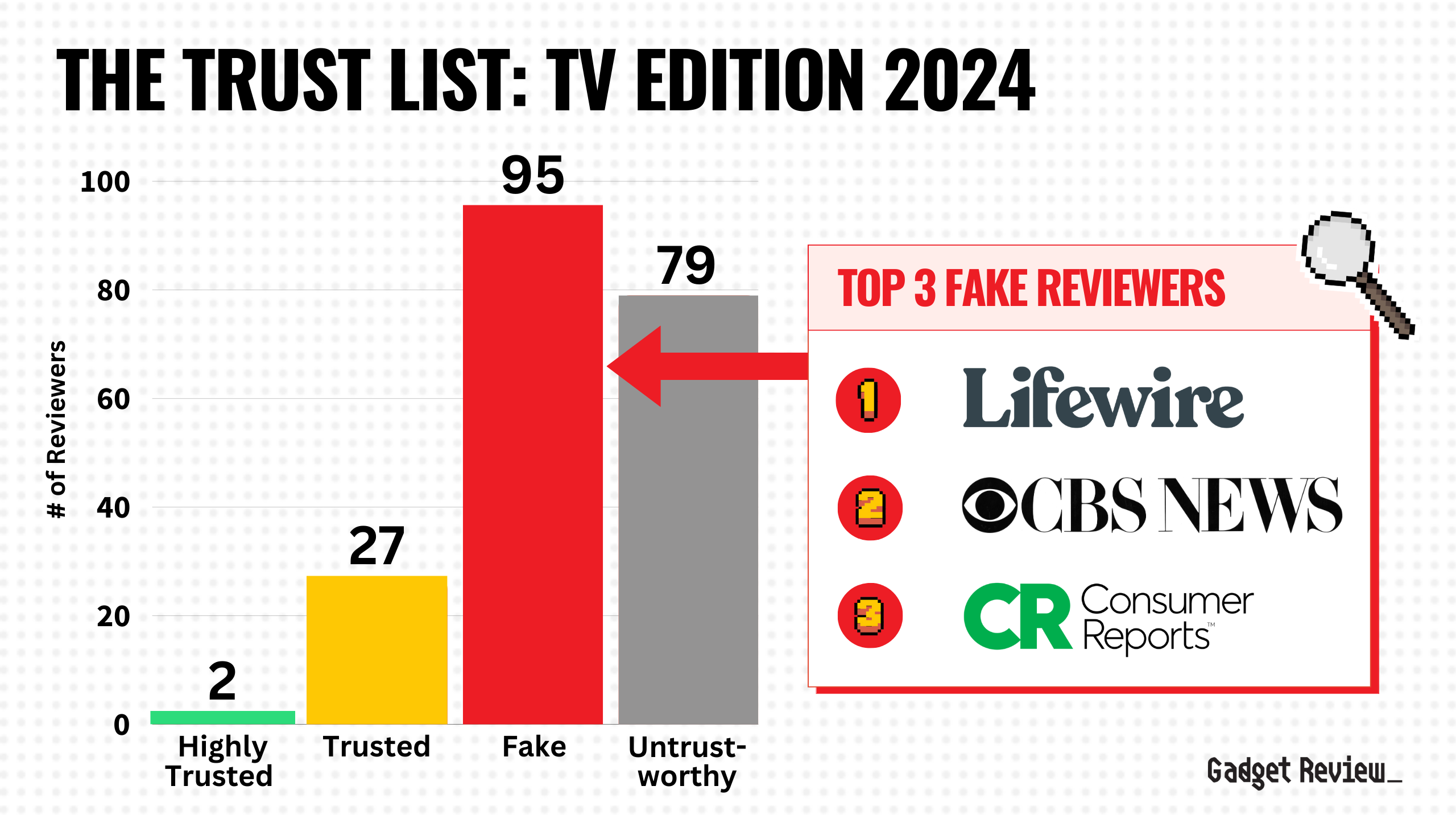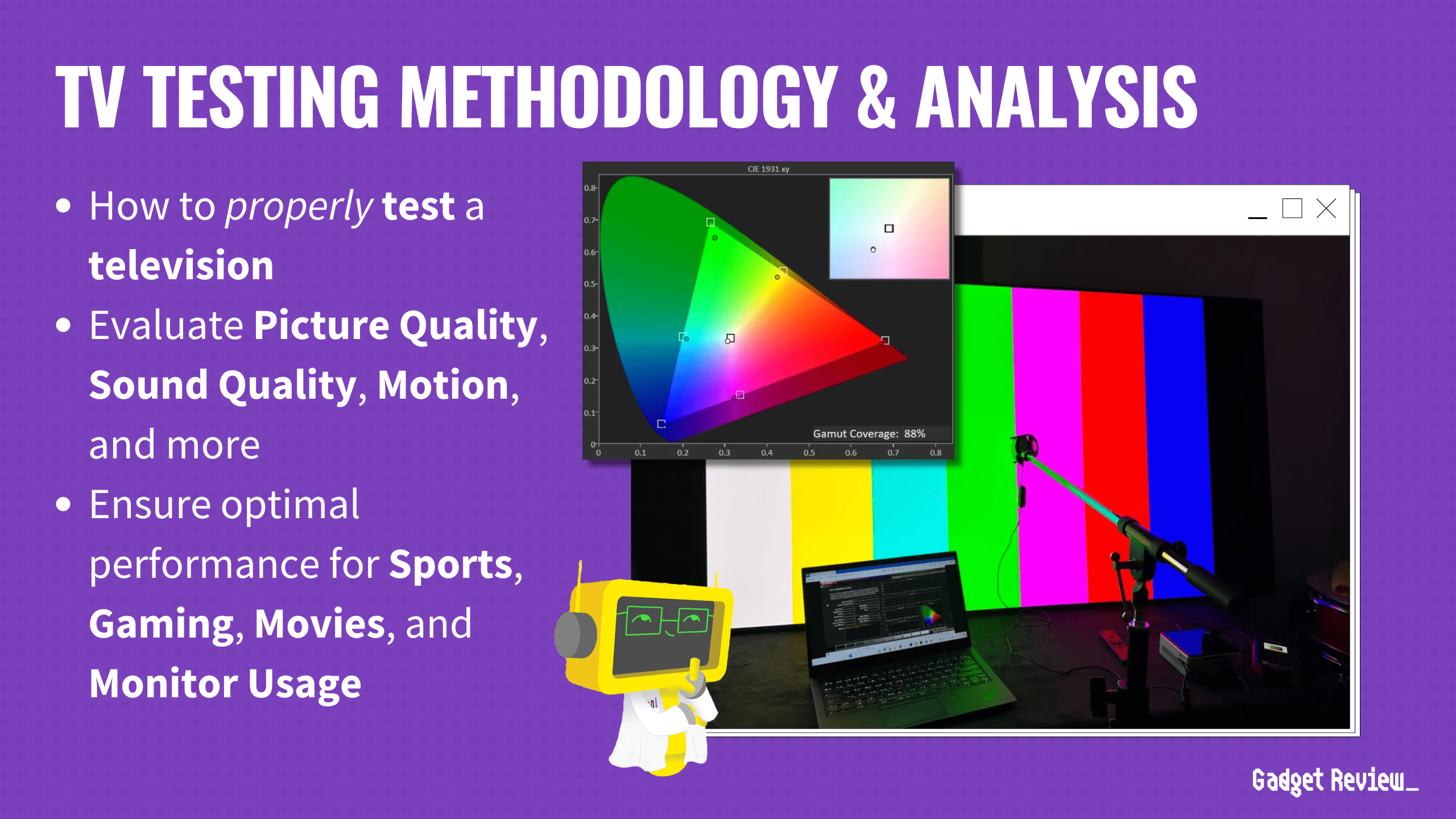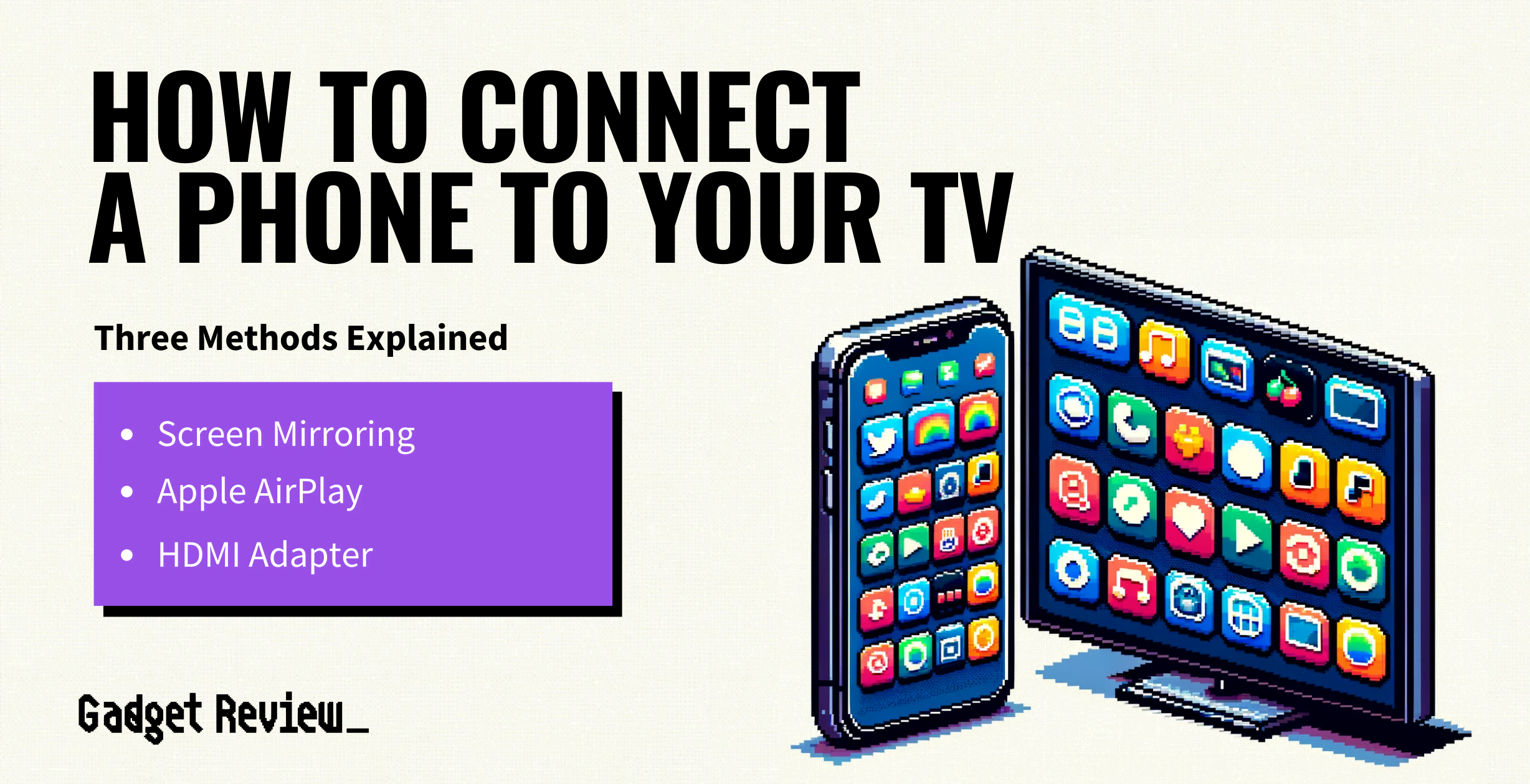The ideal TV size for your room will depend on how big your room is, the viewing angle and distance, and the television resolution. Your first step when purchasing a new top-rated TV is determining what size TVs will fit into your space comfortably.
TV Size Vs Room Size
Determining TV size vs room size isn’t difficult. It just requires a little understanding of the math and technicalities involved. So, be sure to read our TV screen size comparison to see how TV size affects the viewing experience. Moreover, if you know you want a 65-inch model, you’ll want to check out what 65-inch TV dimensions are to see if it will fit your room.
insider tip
Make sure that you aren’t sitting at more than a 40-degree viewing angle from your TV for the best results.
How to Calculate TV Distance
Big-screen TVs require a little math to understand how far away is an ideal viewing distance. You essentially need to look at a chart comparing the distance to screen size. The viewing experience is always better when your TV is larger. However, make sure your seating distance is far enough away to prevent eye strain.
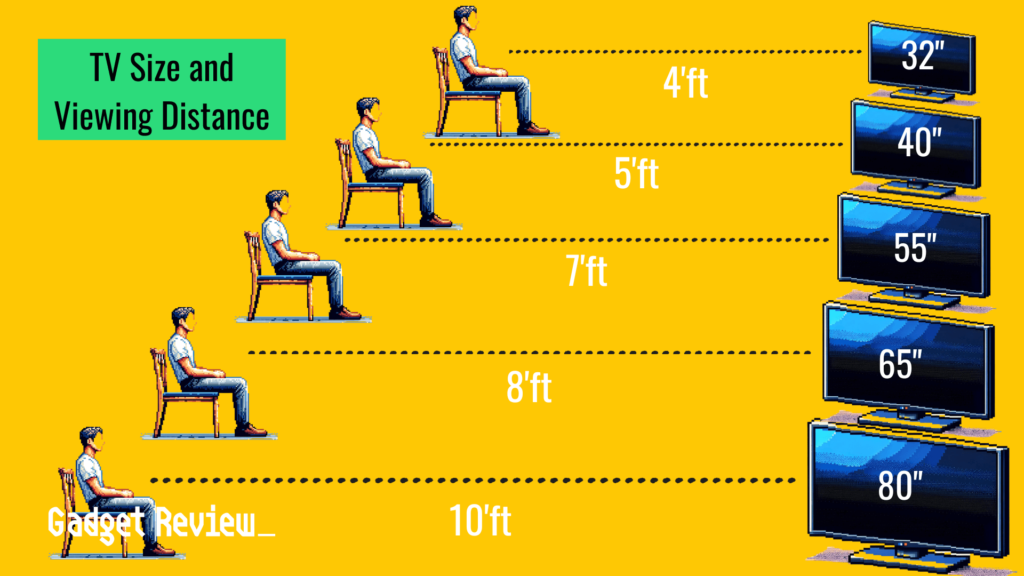
How Field of View Affects Viewing Experience
The wider a TV screen is, the better your field of view. An immersive viewing experience requires your entire field of vision to be taken up by the screen. This is why theatres use the largest screen size possible.
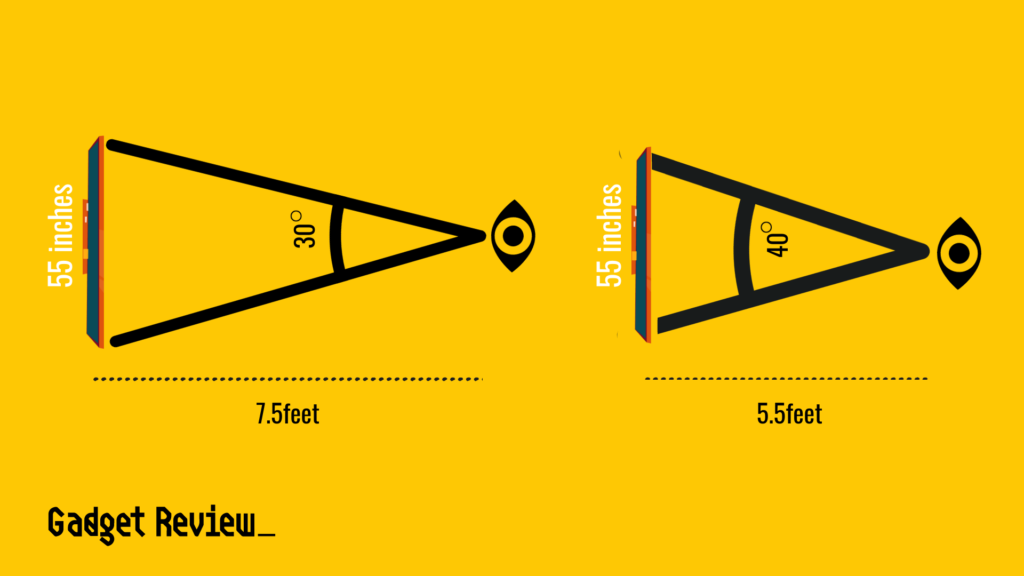
Apart from the screen size, it is also equally important to consider the input lag.
How to Determine Correct Screen Size
Larger spaces require a larger size for your TV screen. To determine the correct screen size, measure the space available in your room. Compare this size to the chart that shows you which screen is best suited to which size screen.
For instance, you most likely want a larger screen for your living room than you will for a bedroom, as these rooms are usually bigger.
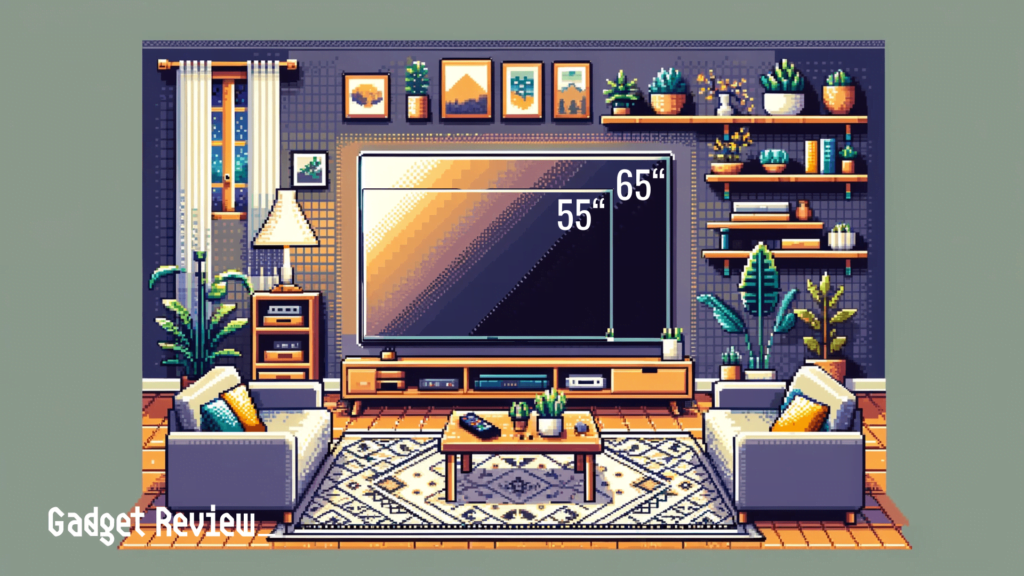
However, if you need a TV for your bedroom, we have a great list of the best 50-inch TVs for you to check out.
Finding the Optimal Viewing Angle
Generally, you want to be front-and-center on your flat screen. Make sure that you aren’t sitting at more than a 40-degree viewing angle from your TV for the best results.


